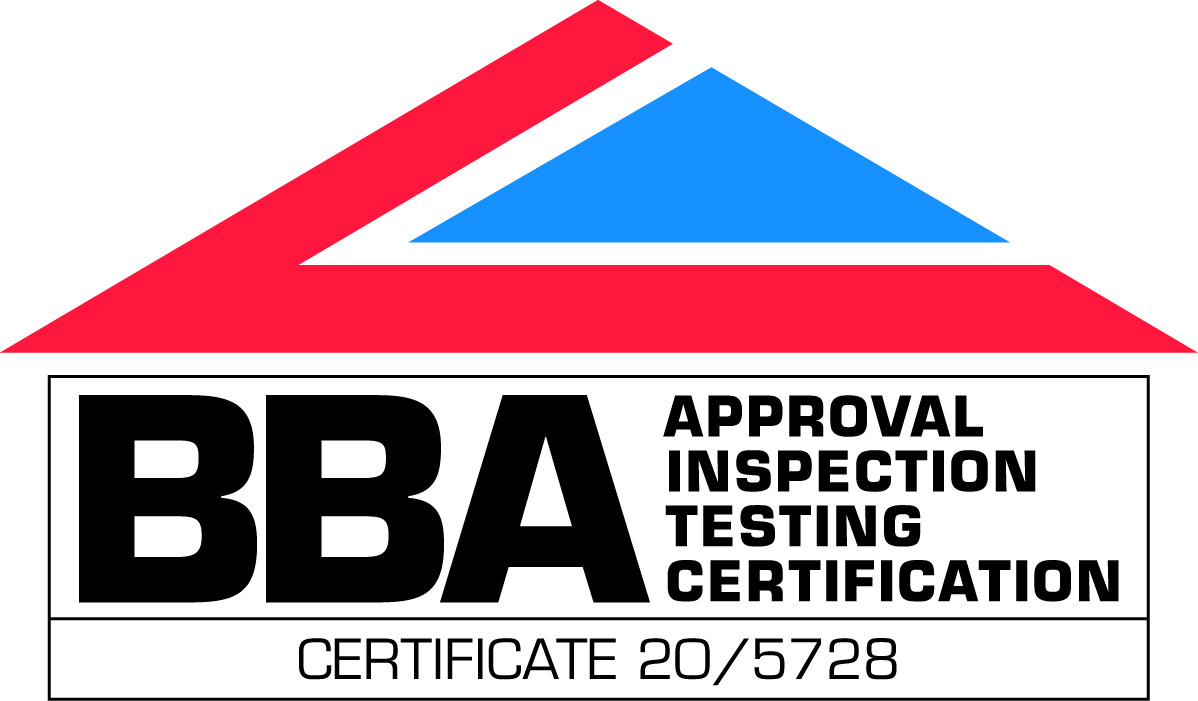What Makes a Building Green & Sustainable?

We all know sustainability is vital in any commercial or residential project – there’s more pressure on architects and project managers to deliver environmentally-friendly designs with safe building materials.
However, sustainability is difficult to define, as there are many factors and components that can help or hinder new construction projects. Trying to weave all these components into a stable, sustainable build is tricky.
In our previous article, we discussed the pillars of sustainability, which are:
- Environmental – the ecological impact of the building and the effect on the surrounding environment.
- Social – ensuring the local community can use the building, getting stakeholder buy-in and ensuring the community are part of the decision-making process.
- Economic – as well as profiting the community, the building must benefit investors and provide employment to the local community.
The Good & Bad of Sustainable Construction
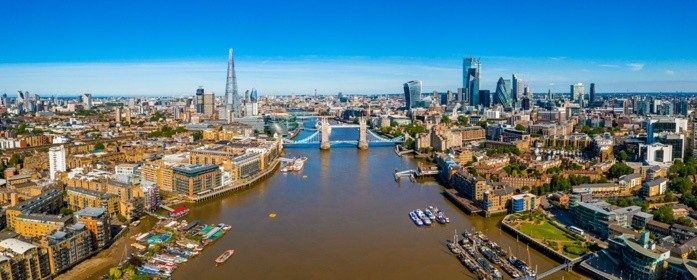
The Garden Bridge scheme in London is an example of a failing across the three pillars. Environmentally, the bridge had noble goals – it would provide green space and a traffic-free zone for people to cross the River Thames.
We build bridges because of a need, and it’s quite clear that London didn’t need a garden bridge. Questions were raised about a potential vanity project, and there was a distinct lack of public contribution.
After Sadiq Khan became Mayor of London, he ordered a review of the project, and the results meant he didn’t buy-in and stopped the project.
Economically, the government lost £43 million of taxpayers’ money on the abandoned project and over £200 million in total.
To make a building sustainable, architects, investors and everyone involved with a project must know the idea as well as the execution spans these three pillars.
While it’s tricky, it’s achievable.
Bloomberg received the highest ever office score from BREEAM with a 98.5% score on sustainability standards.
The complex boasts vacuum-flush toilets, a petal-studded ceiling that provides lighting, cooling and acoustic attenuation, and other features that mean it’ll use 70% less water and 40% less energy than a typical office block. It’s home to 4,000 Bloomberg staff and won a Sterling prize.
Many components make up a sustainable building, and it’s difficult to achieve perfection (ask Bloomberg!), here are some of our recommendations:
1. Makes Use of Brownfield Sites or Existing Buildings
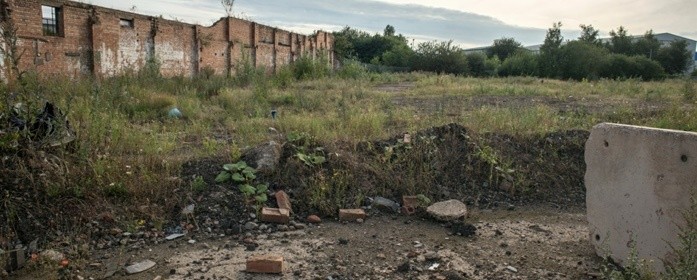
Brownfield sites are previously developed land that has the potential for redevelopment. The property is usually derelict and contaminated, so developers need to take precautions before building.
Brownfield sites can be converted into green spaces, residential areas and commercial builds. As developers look to make their builds more sustainable and avoid disrupting other untouched habitats, Brownfield sites are becoming more popular.
There are over 66,000 hectares of Brownfield land in the UK, and the government has pledged to build more property on them. If you consider Brownfield land in your plans, your build is more likely to be environmentally-friendly.
2. Minimises Pollution from Harmful Ground Gases

Pollution from harmful ground gases such as radon can have a significant impact on the sustainability of a building due to the risks they pose to inhabitants.
These gases can enter buildings through cracks in the foundations and the water supply, so it’s crucial to install necessary protection.
Some developers don’t install gas protection membranes, but properties are usually better insulated now. This creates a box of gas which can cause an increase in cancer rates and other health issues for those inside the building.
3. Maximises Durability and Replacement Intervals
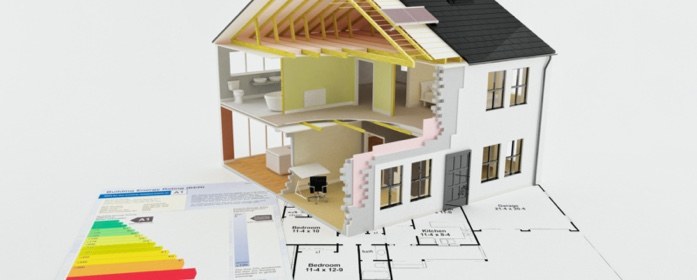
Materials have different durability levels and will need replacing at some point. Materials that are cheap and have a long ‘shelf-life’ are more sustainable than expensive materials that need regular replacement.
Whole life costs are influenced by factors such as component replacement interval, maintenance activities and frequency, and whole life performance factors are influenced by properties such as thermal efficiency and energy efficiency.
4. Creates Local Employment

From a socio-economic point of view, local communities and authorities like to see that new sites provide a new place of work.
Although UK unemployment is at an all-time low, new jobs are always a source of good news and create more prosperous communities.
5. Minimises Construction Impact
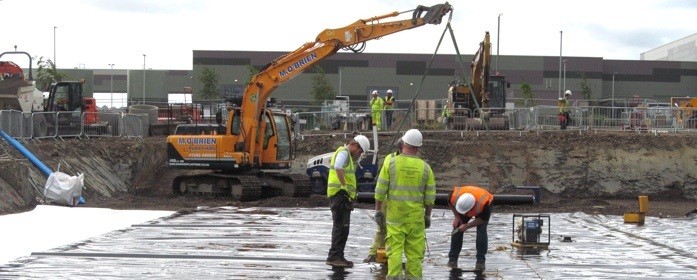
While the Bloomberg HQ received accolades and awards, it wasn’t perfect. One downside of the project was the expensive and damaging transportation of natural resources like bronze and granite from Japan and India.
While we understand it’s not possible to get all your resources from the supplier around the corner from your site, being conscious of travel costs, material extraction and supplier vetting all contribute to a more sustainable build.
6. Minimises Water Consumption

Sustainable building projects consider how much water they use during production and after production.
During construction, fix issues with leaks quickly, use vehicles that don’t use too much water, and install fittings and fixtures that help inhabitants minimise their water use. One of the benefits of the Bloomberg HQ we discussed earlier was the fact it used 70% less water than a general office building.
7. Minimises Flood Risk

Reducing the risk of floods and the damage caused by them is essential – the effects of floods can be catastrophic and can cost millions in damages and human life.
Many green infrastructure measures can minimise the risk of flooding. Before you start building on a site, you should check the natural flood management defences in the area and any plans to improve them. This could involved measures like:
- Restoring natural flows by realignment of coastal regions, or re-connection of rivers with their floodplain.
- Restoring wetlands, which can store flood water and help slow the flow of flood waters.
- Reservoirs in agricultural areas which can store flood water during flood events, and otherwise be high nature value areas.
You can also install flood management infrastructure such as drainage and green roofs.
8. Minimises Energy Consumption

The construction industry is one the biggest consumers of natural resources, which is something that we need to continue to address.
Ensuring designs are energy efficient is a great place to start, such as maximising the use of natural light. You can also focus on equipment and technology such as motion-sensitive lights, air compressors, and establishing energy-efficient processes.
Think about the construction processes you use as well, such as demolitions, transportation and excavation and whether you could use energy-saving alternatives.
10. Is Affordable
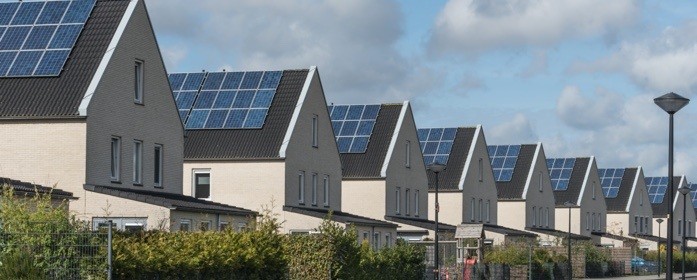
There are plenty of construction professionals that will tell you green and sustainable buildings are more expensive than traditional buildings. Still, it depends on the strategies and materials you use to complete the project.
Any plans to make a building green with sustainable materials must be drawn at the start of the project for them to be affordable. Making whimsical decisions will only lead to higher costs and project plan revisions.
11. Uses Recyclable or Sustainable Materials

Many developers think that once a building is constructed that’s it, but buildings don’t last forever and at some point, they’ll be updated or replaced. If certain materials have to be removed, we need to know that they can be reused or recycled.
There are plenty of sustainable building materials out there, such as straw bales, bamboo, recycled plastic, and timbercrete. When you’re planning your projects, consider these materials if you want to build green, sustainable buildings.
12. Improves the Health of Occupants

While green buildings are good for the environment, they’re also good for our health. For example, biophilic design helps reduce stress and improve productivity as people feel closer to nature. Active design is a set of design principles that promote physical activity, keeping occupants healthy. These types of design are more common in commercial buildings.
However, some practices happen across all build types such as the installation of gas membranes. Gas membranes help to keep harmful gases out of the building, meaning the air quality is better.
13. Uses Proper Insulation
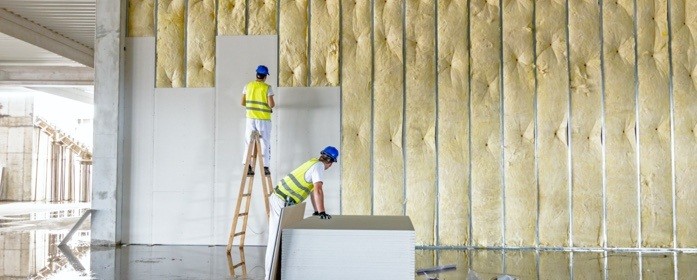
Heat retention is one of the most significant issues with building sustainability because of the durability and efficiency of the materials. Some examples of sustainable insulation include cellulose insulation, cotton, sheep’s wool and polyurethane spray foam insulation.
Will Your Next Build be Green & Sustainable?
If you want to achieve sustainability in your next build, consider all the points above. You have to look at your project from a holistic point of view, but the details matter. While a 100% sustainability score is challenging to achieve (ask Bloomberg!), the construction industry should aim to develop more green and sustainable buildings.

